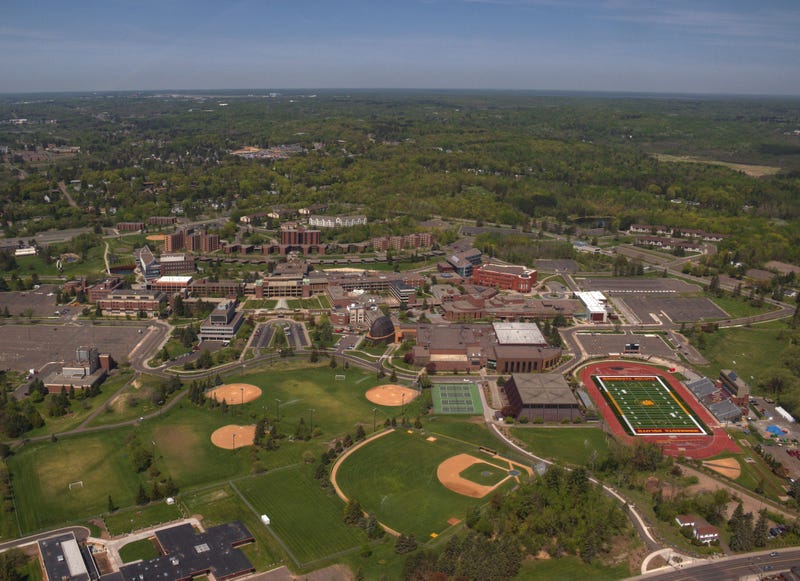
In part two of this week’s Back to School series, Sloane Martin takes a look at how higher education is navigating returning in the pandemic.It's apparent that the start of the school year on many college campuses has not gotten off to a good start.
Nationwide, the University of Alabama reported more than 500 COVID cases within a week of returning to campus. Meanwhile, closer to home, 17 students at St. Olaf were suspended for attending an off campus party in violation of coronavirus safety guidelines.
There have been outbreaks at Notre Dame, North Carolina, USC and others that have forced university officials to abruptly change plans.
The University of Minnesota has delayed students moving into dorms by two weeks and committed to online learning for at least two weeks.
Just like in the general population, it is compliance with social distancing, mask wearing and hand hygiene that yields the safest outcome.
Brett Jeffers is the president of the Inter Faculty Organization, representing faculty coaches, librarians and counselors at the seven universities in the Minnesota state system.
Sloane asked him if we can do this safely, and can we can we do it for an extended period time like an entire semester? "To be honest for one, I don't know," says Jeffers. "I think that's the the uncertainty of this and the indications as it's been very difficult even for for institutions and universities that have much more resources than we do within the MN state system."
The thirty-seven and four-year and two-year colleges in the Minnesota state system prepared their own safety return plans. In the system-wide guidance, every employee and student must complete electronic health screening before entering any building.
Non-exempt students not wearing a face mask in required areas may be subject to disciplinary action and may be removed from campus.
It's more complex for the two-year college students, who often skew older and might have jobs and families, unlike the 18 to 22 year old college population.
Matt Williams is the president of Minnesota State College faculty, and he says, "The fact remains that these college students are members of the community. They do move around, they do have jobs, they're able to across county lines for example, and so that creates a particularly unique situation in a circumstance when we talk about how well can we actually here to these mitigation strategies, when we deal with people who have complex lives and and move around, quite frankly, quite a bit."
Similar to the message K-12 teachers have cried out this summer, Williams says he's also concerned that a lack of bonding support over an extended period of time for the Minnesota state system is exposing shortcomings and inequities that make it harder to safely navigate the pandemic.
"We're also painfully aware that we also need to engage in some soul searching. That is, when we talk about inadequate HVAC systems, we also have to be asking, why did we allow those HVAC systems to become so inadequate in the first place? Or if we're going to talk about students who are gonna have a hard time with remote learning because they don't have the resources, not only do we have to figure out how do we help them through, we also have to ask tough questions about why we could have done so much more to make sure the student wasn't in that situation to begin with."
